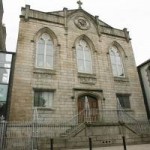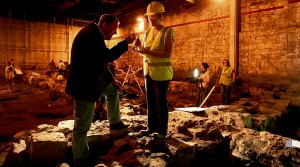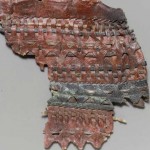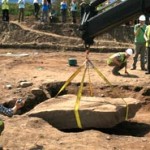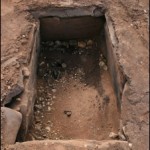A study of a prehistoric site in Mossel Bay, South Africa has found evidence that early humans used fire to heat hard-to-carve stones. Once heated, even the toughest stones chip more easily leaving a sharper cutting edge.
The heat transforms the stone so that it’s harder and more brittle, which allows it to be more easily chipped away into a sharper edge. It also gives the stone a special sheen, which helped the archaeologists identify the tools as resulting from fire treatment.
“The most noticeable thing about heat-treated stone is that it has a luster or a gloss to it that’s fairly distinctive,” Brown said. “A stone that’s heated will only show that gloss if it’s been flaked after it’s heated.”
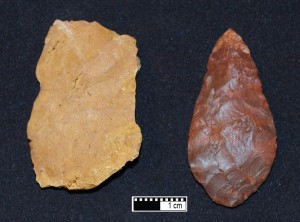
The sheen evidence was then confirmed by archaeomagnetics (measures iron particles realigned by heat) and thermoluminescence (a dating technique that identifies when an object was fired).
Some of the stones on the site date to having been cooked as far back as 164,000 years ago. The process seems to have been in common use by 72,000 years ago. That’s 50,000 years earlier than previously thought.
This is a whole new point on the human-fire continuum. We know people started cooking with it 800,000 years ago. Ceramics kick in 10,000 years ago, and metal extraction just 5,000.
This step follows easily from people cooking with fire — you’ve always got rocks around a fire — and the engineering aspect sets up the transition to hardening clayware by firing it.
